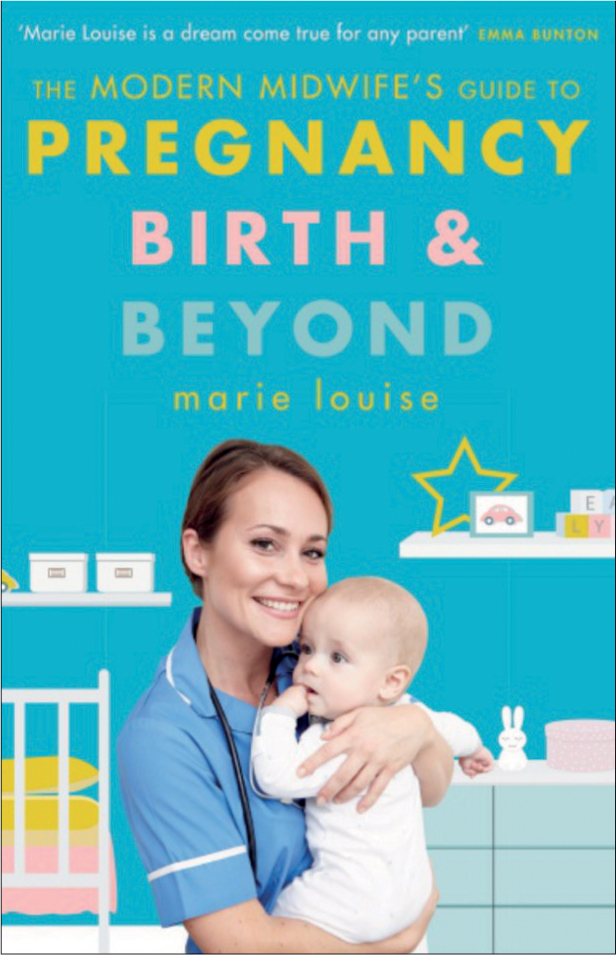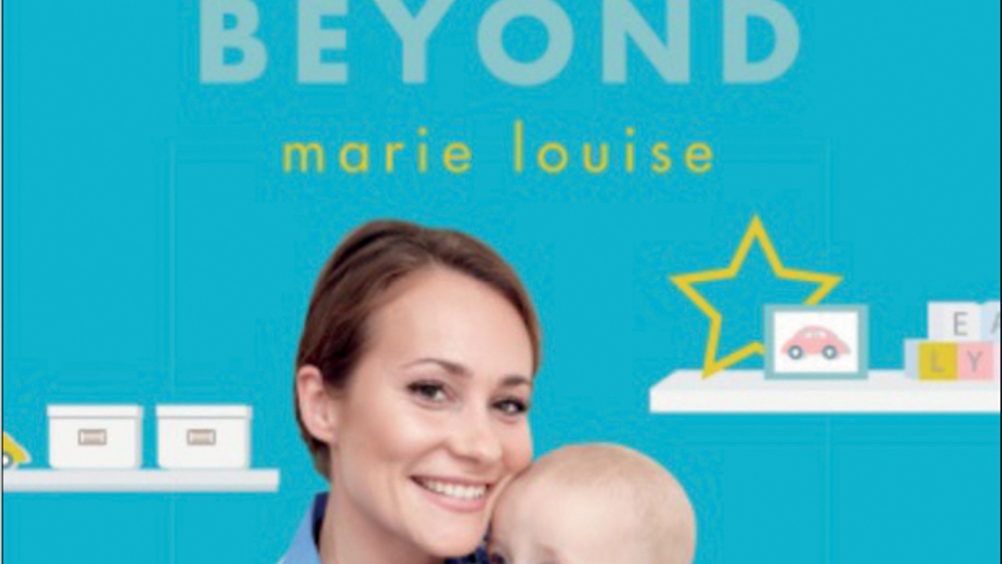
I had never heard of Marie Louise or her popularity on Instagram. She is a midwife and is known to her many followers as @the_Modern_Midwife. So when I picked up this book and read the title, ‘The Modern Midwife's Guide to Pregnancy, Birth and Beyond’, I initially thought I was going to be brought up to speed with modern ideas in midwifery. Even though I enjoyed reading this book, as a midwife, I felt it didn't teach me very much more than I already know. It did, however, connect me with a few blogs and websites I hadn't heard of and I have a few more interests via Twitter. I think primarily this book is aimed at first-time mothers. It is jam-packed with easy-to-read information and it's presented in bite-sized chunks that make it ideal to dip in and out of.
The book is split into three sections. The first part covers pregnancy and answers almost all the questions that I've ever been asked as a midwife, including morning sickness, the appointments system, screening, preparing your perineum, informed consent, maternity leave, Braxton Hicks, the midwife role (and the doula), what to pack in your hospital bag and just about everything else. I tried desperately to find topics that weren't covered. I looked up foods to avoid while pregnant (a common antenatal topic) and even though the subject is just touched on, it does signpost you to appropriate websites and encourages you to discuss issues with your midwife.
The birth section is aimed at first-time parents, with midwife jargon and terminology explained, such as ‘latent phase’, ‘transition’, ‘the pause’ (this was a new one on me!) and VKDB. I was happy to see a realistic expectation of the due date and loved the suggestion that when women are asked, ‘when is your baby due?’, respond by saying, ‘April or the Autumn’. There is also a great section on pain relief, covering everything from aromatherapy, affirmations and visualisation to pethidine and epidurals.
To me, the becoming a mother section was the most helpful and positive part of the book. I know that in the 20 years since I've been a midwife, less and less time is spent supporting women and their families in the postnatal period. In this book, there is a lot of information on self care, getting your ‘tribe’ ready to support you and how hard the adjustment from woman to mother (‘matrescence’: a word used to describe this transition) can be. There is a great explanation about the adjustments the body makes through pregnancy, birth and the postnatal period, and how things are more difficult in the Photoshopped, digital age we live in. There are also sections on nutrition for mum (postnatal superfoods), coping with a crying baby, sore nipples and the hardships than can come with breastfeeding and our own expectations.
‘There is a great explanation about the adjustments the body makes through pregnancy, birth and the postnatal period’
This book also includes recipes, simple yoga exercises, the role of the partner, ‘key points’ lists at the end of each chapter. There is also a ‘helpful resource’ section, listing websites that can be useful to mothers and their partners.
This book may also be great reading for aspiring midwives and maternity support workers who want to broaden their knowledge but without reading the often hefty, wordy academic textbooks. The book promises women they will ‘feel confident, informed and inspired’… hopefully it will encourage dialogue with their midwife and will certaininly answer questions they may be too embarrassed to ask.


